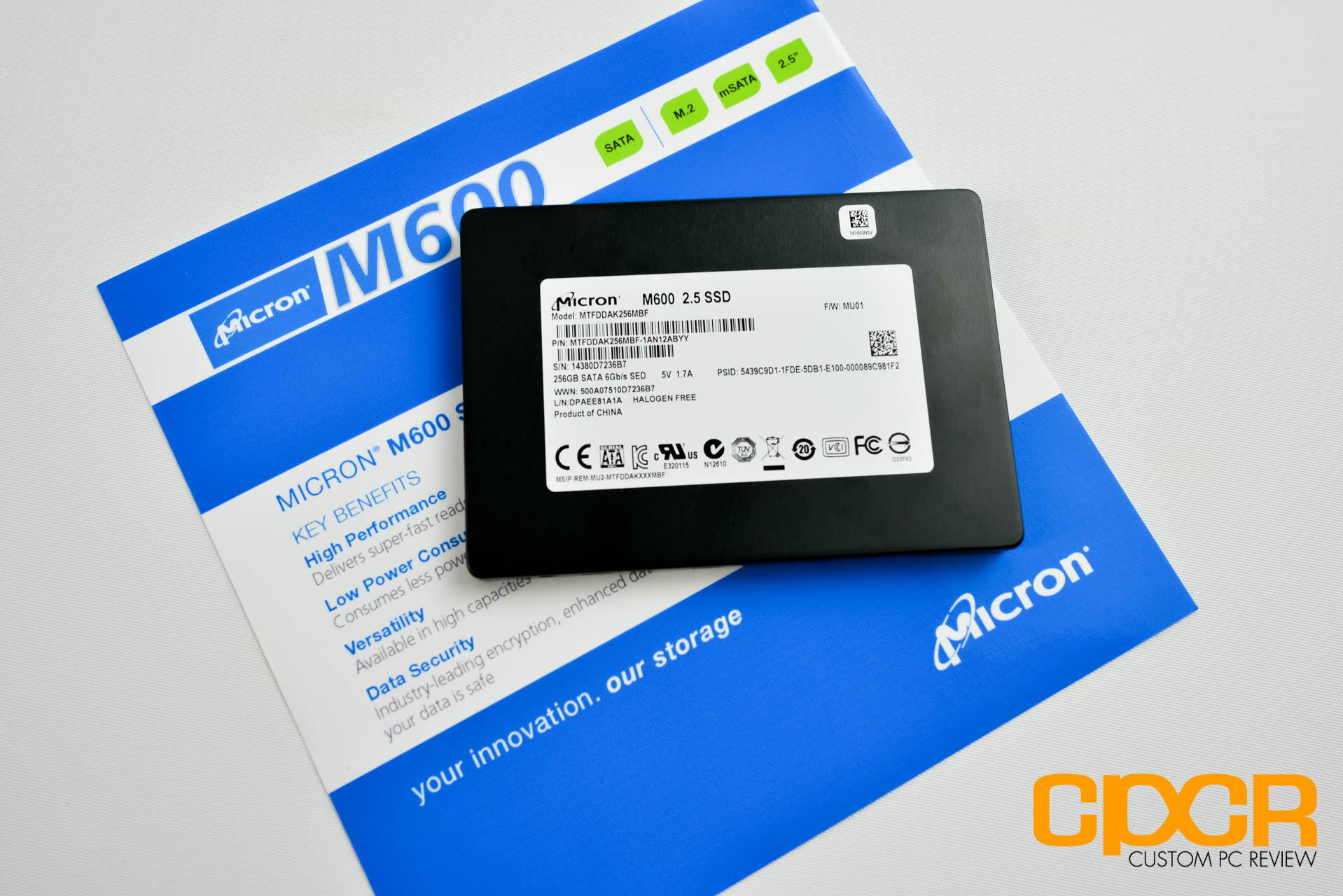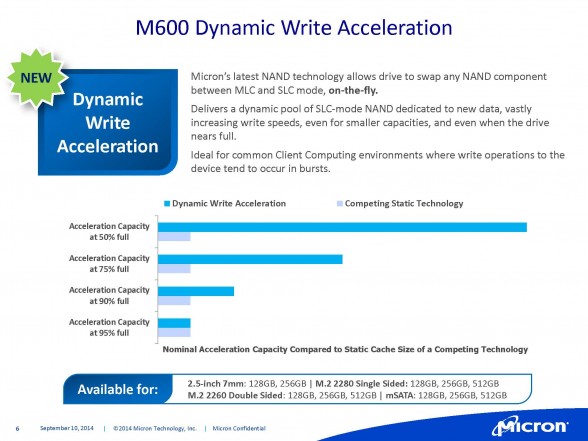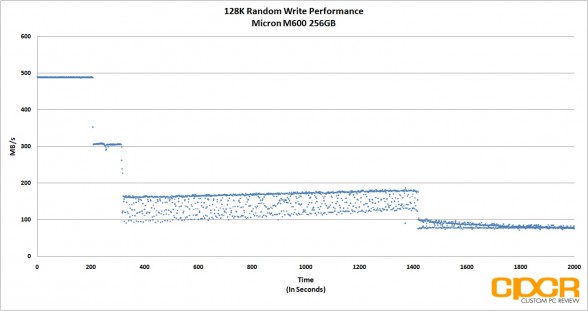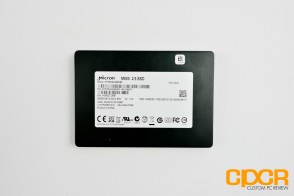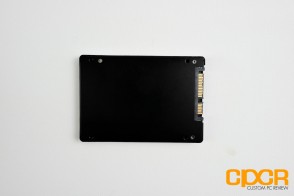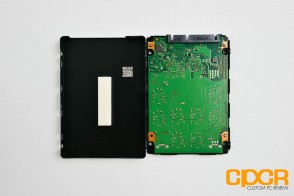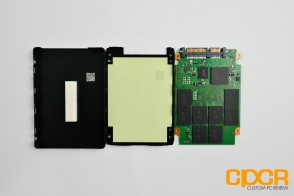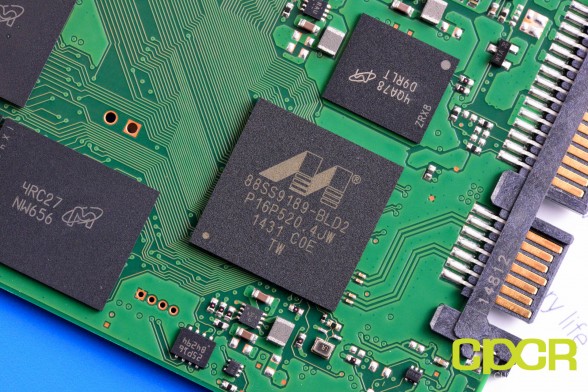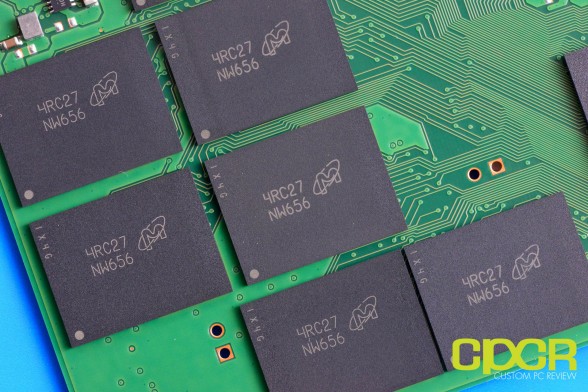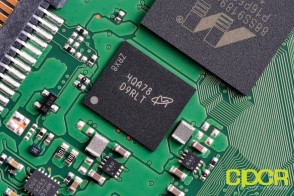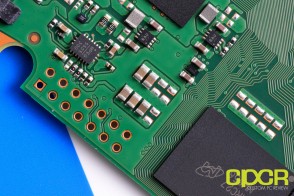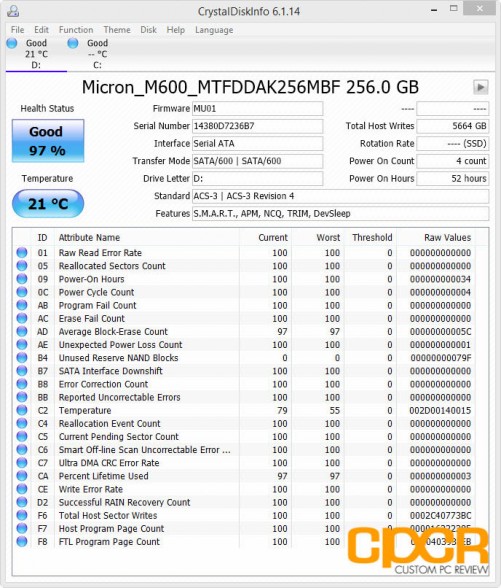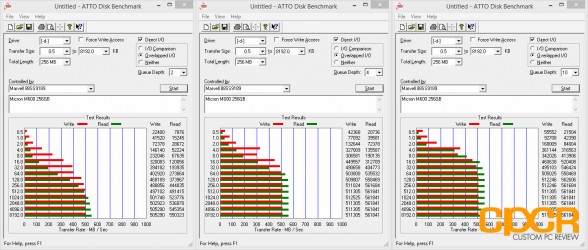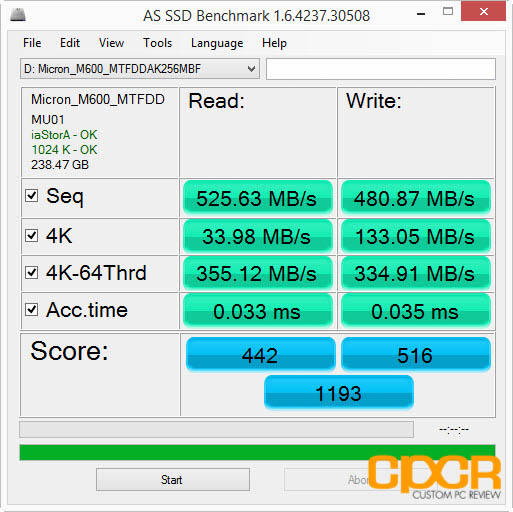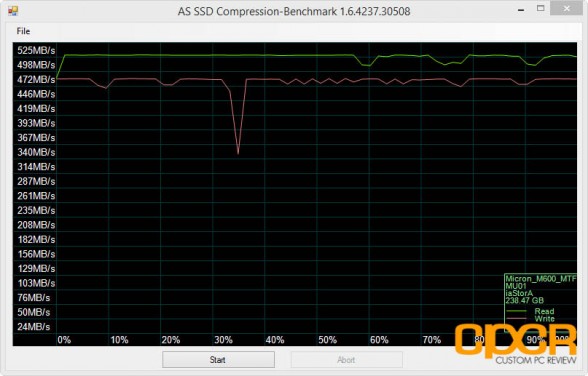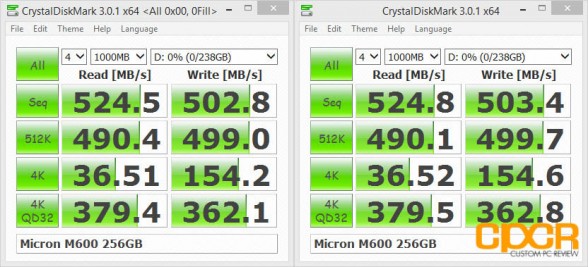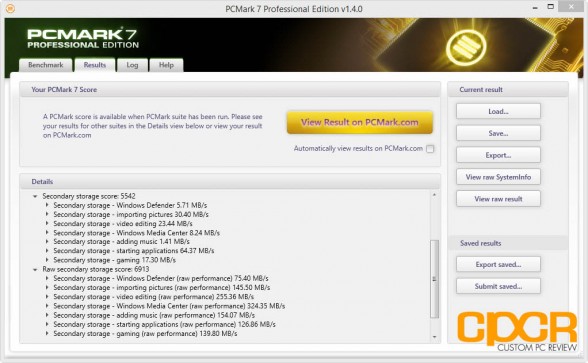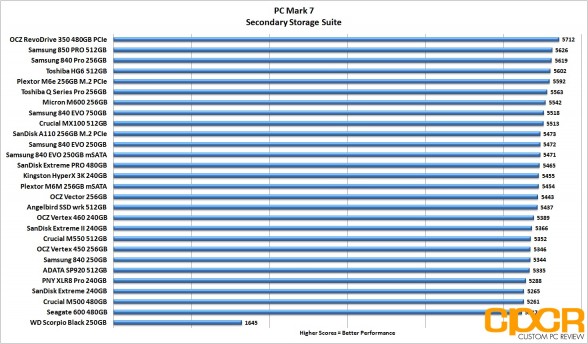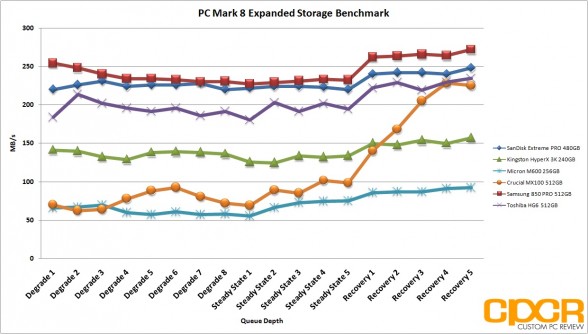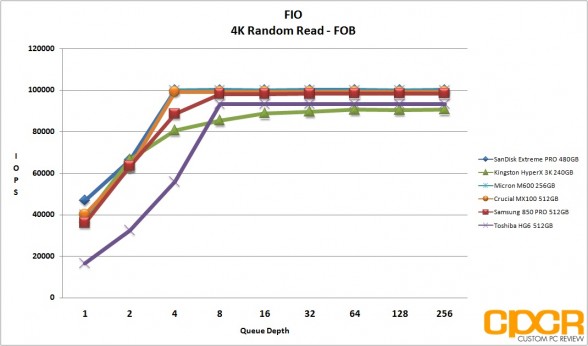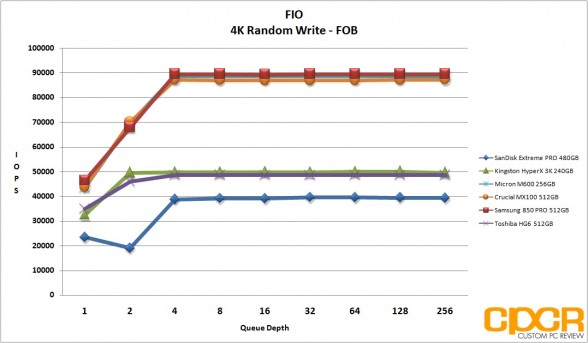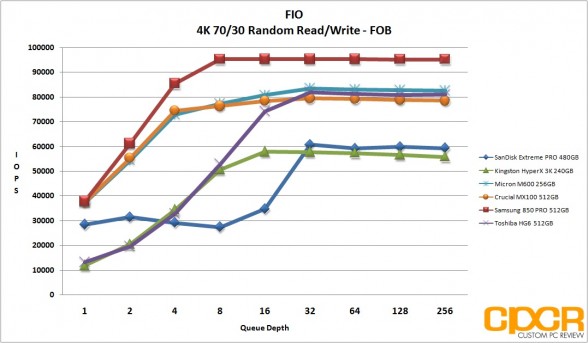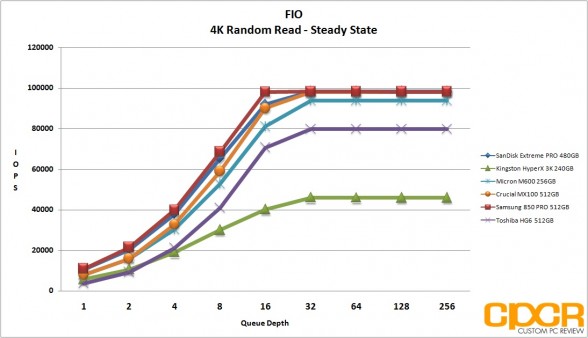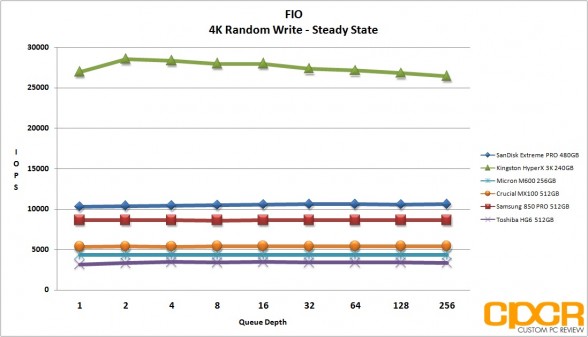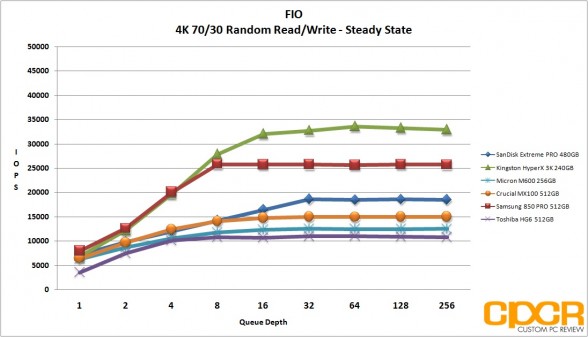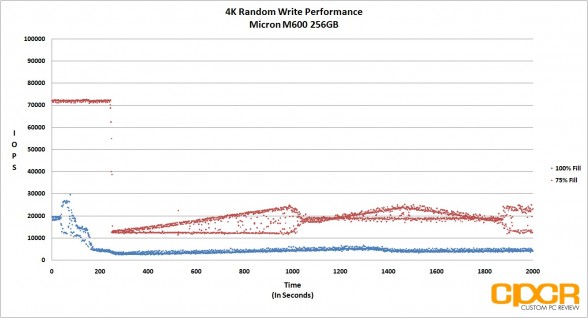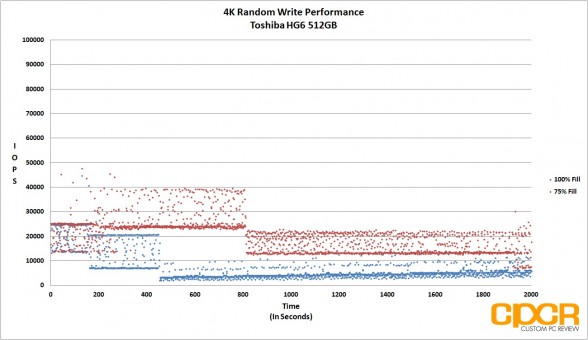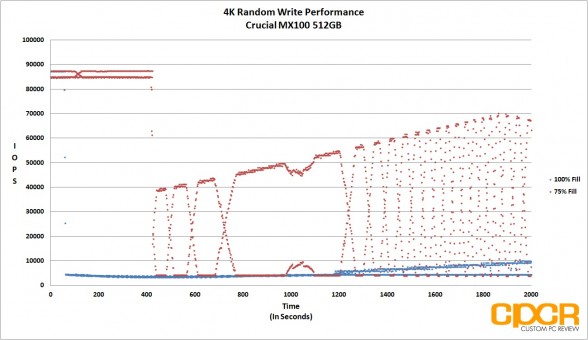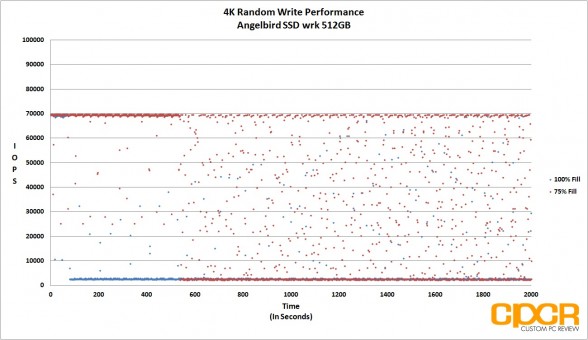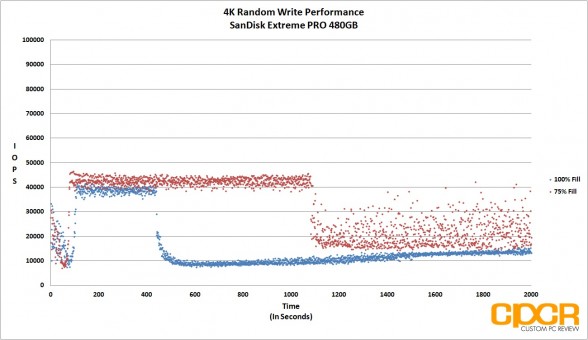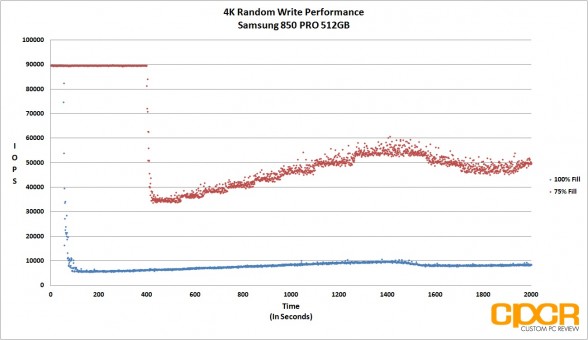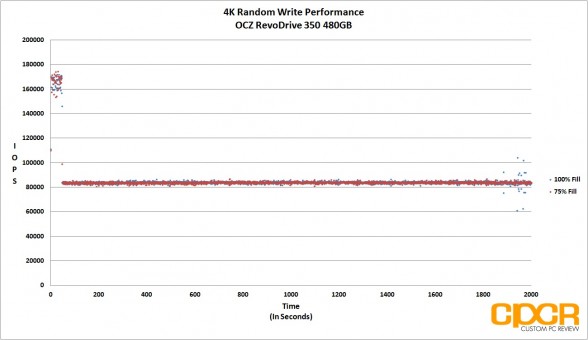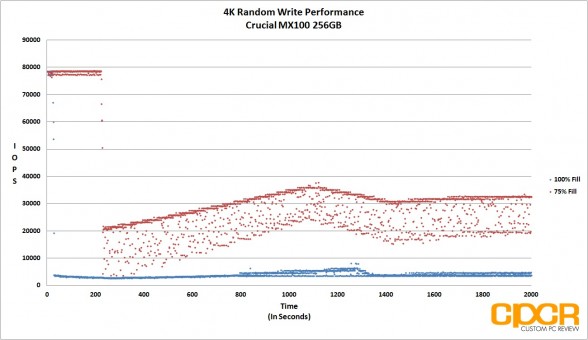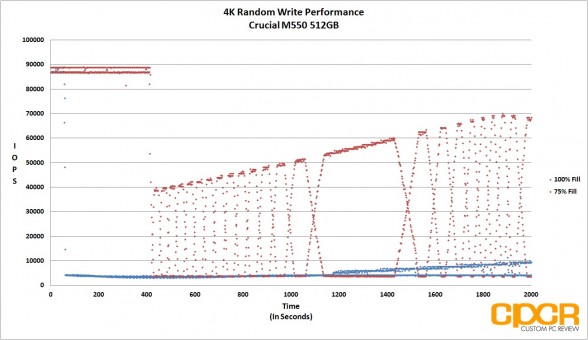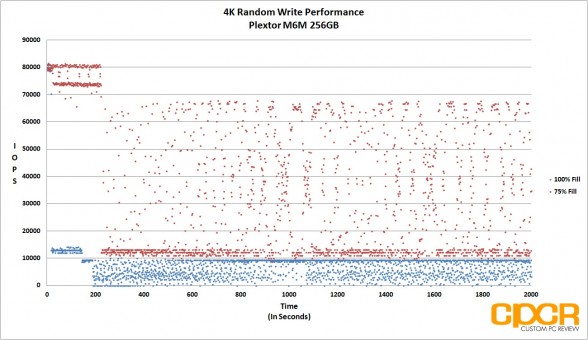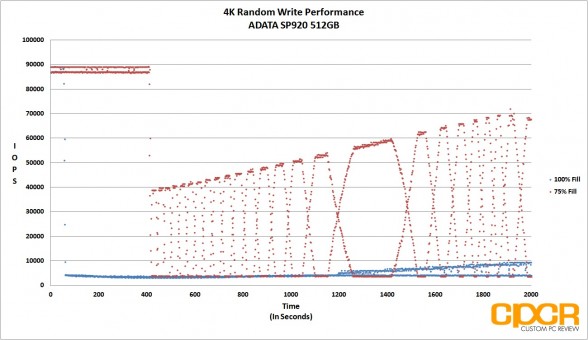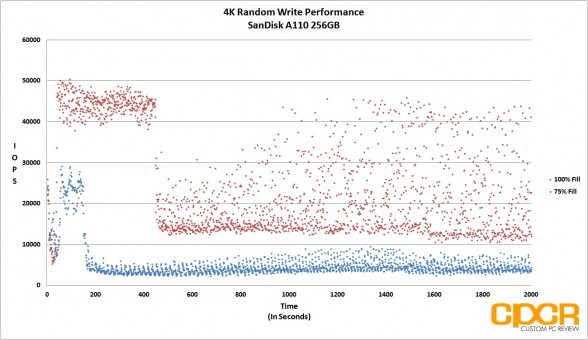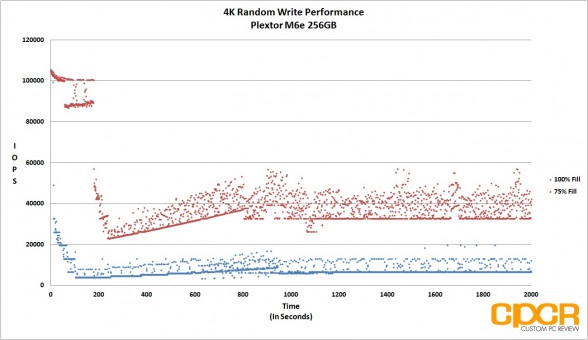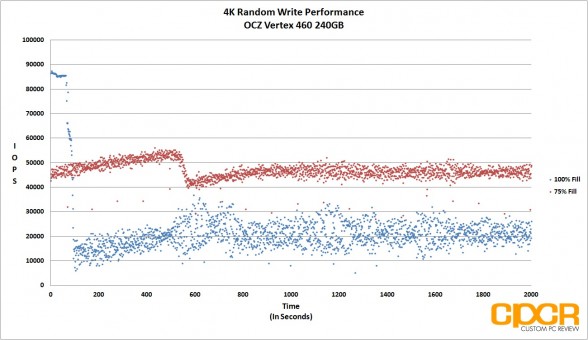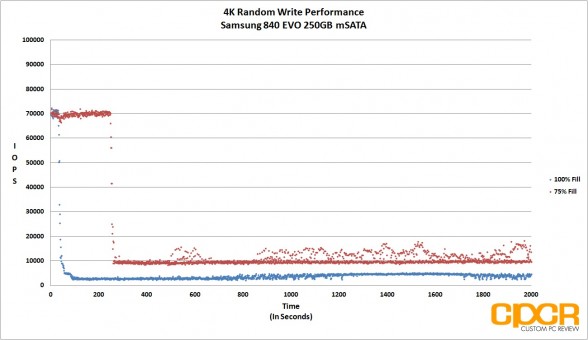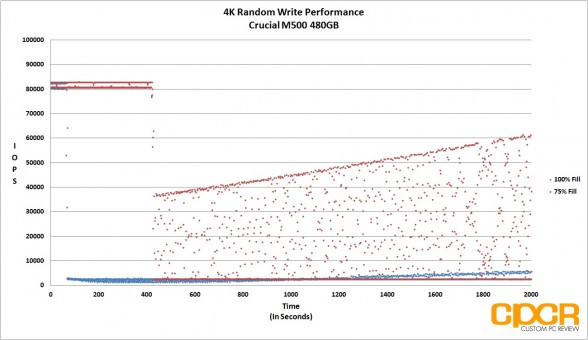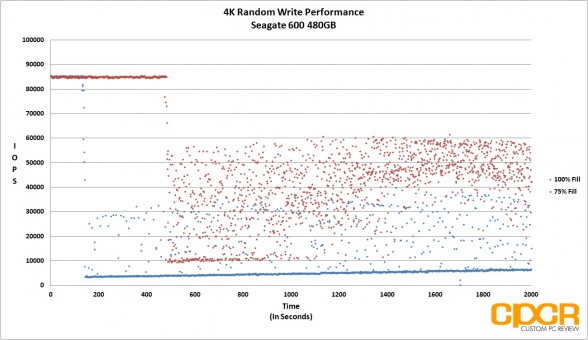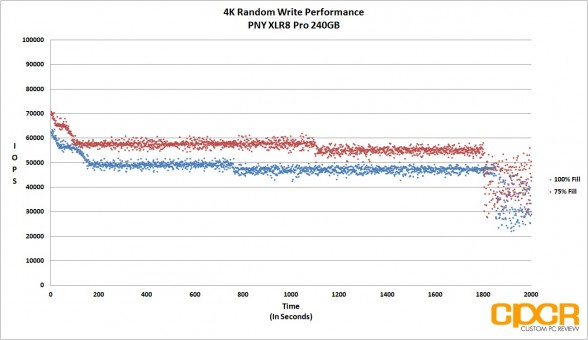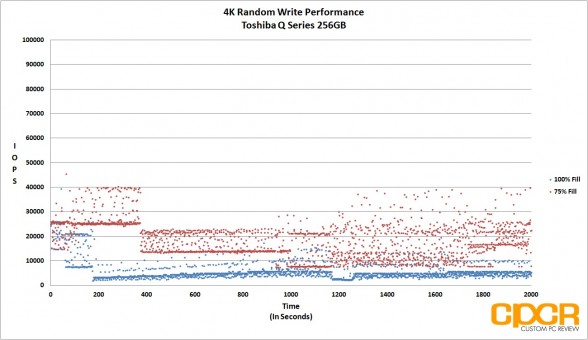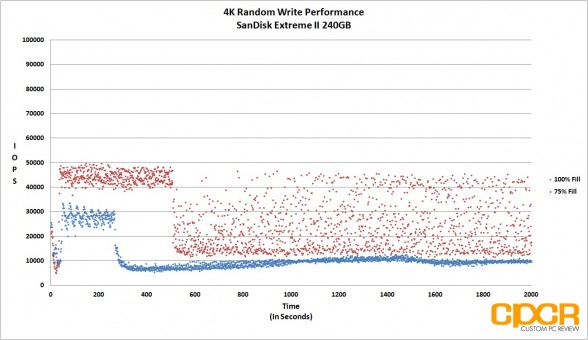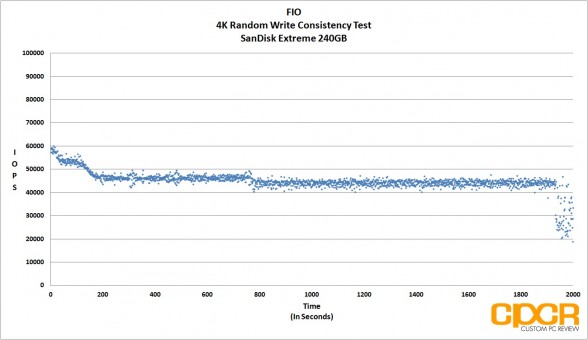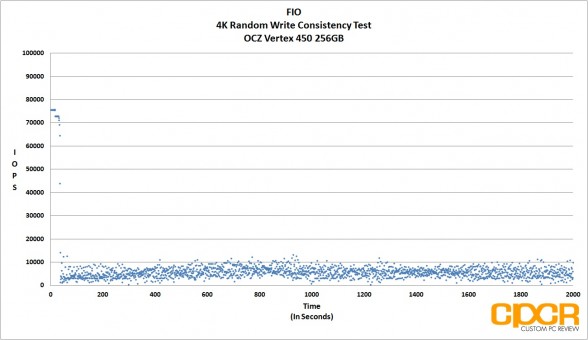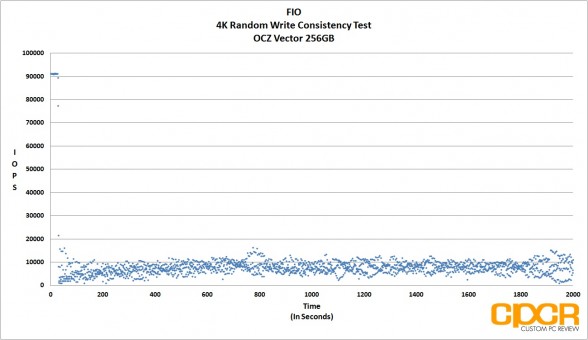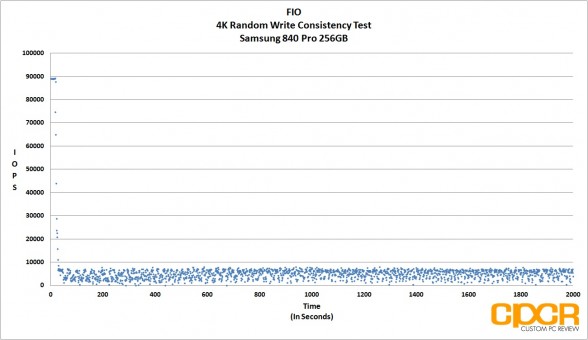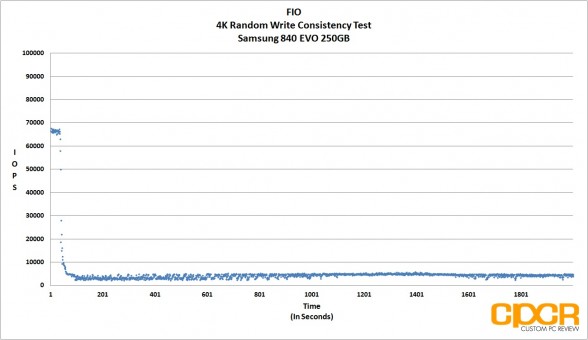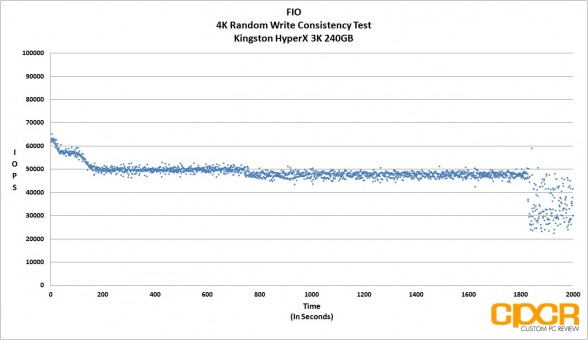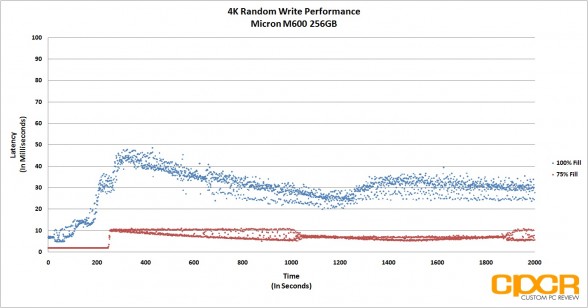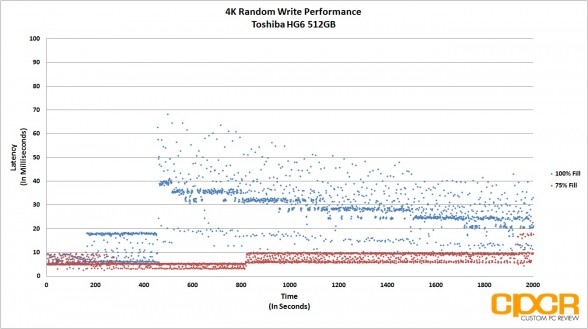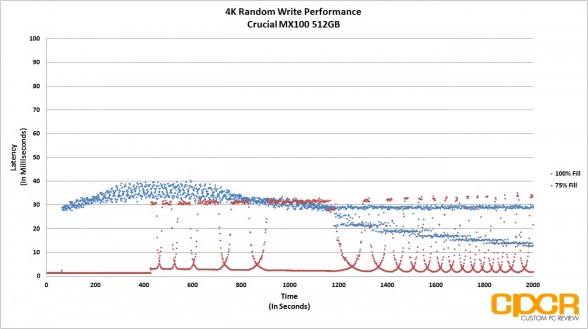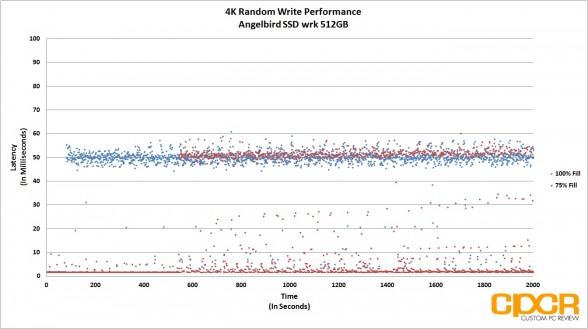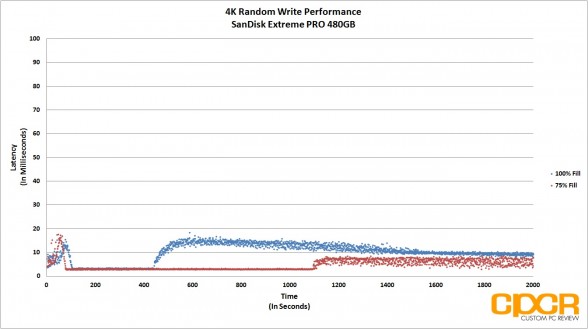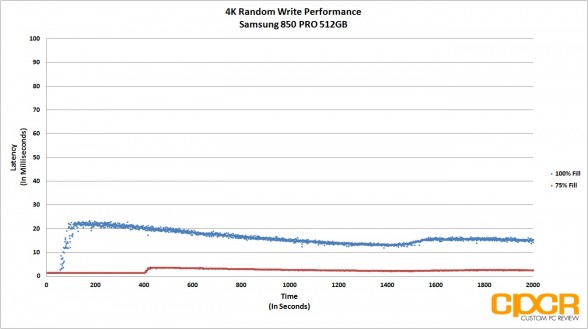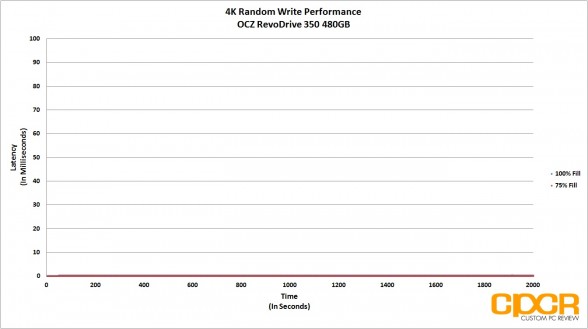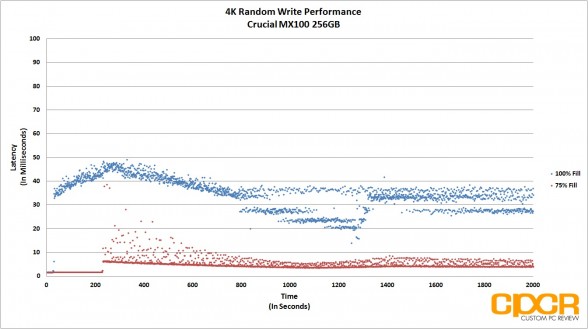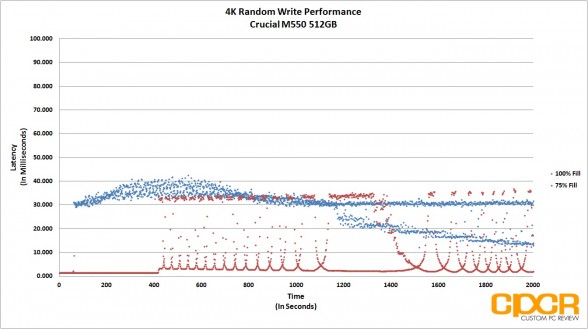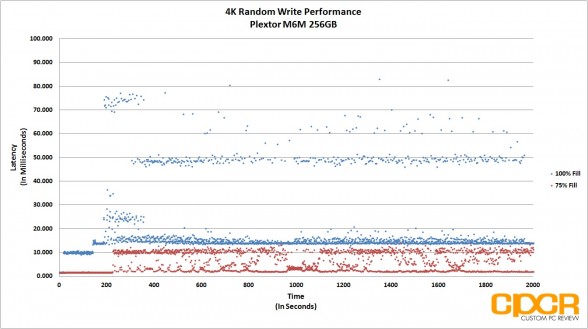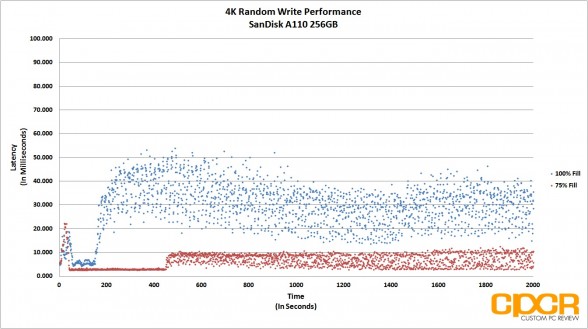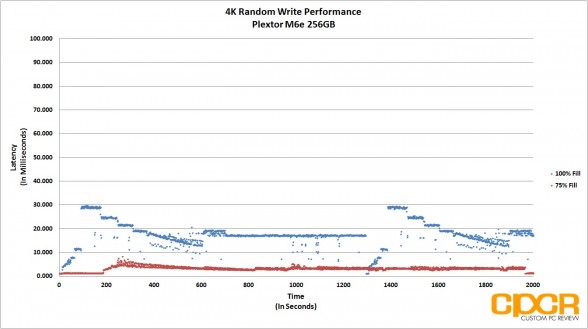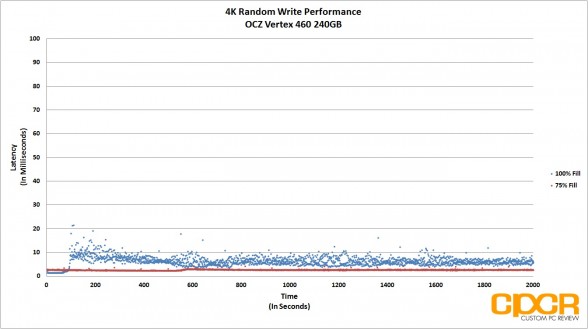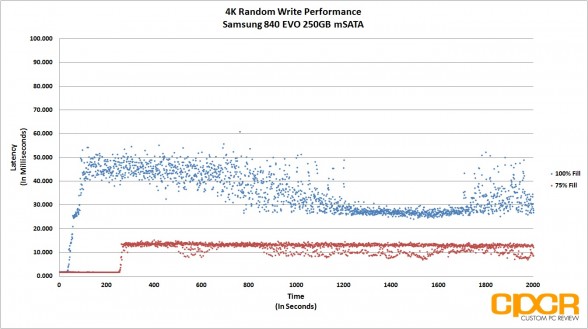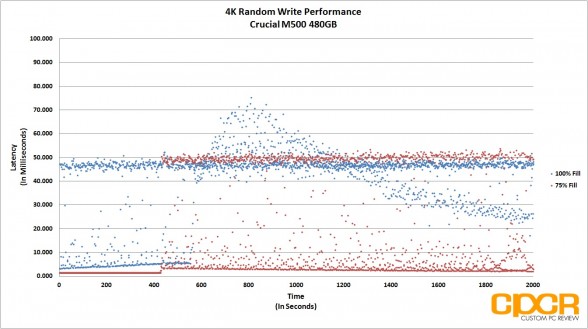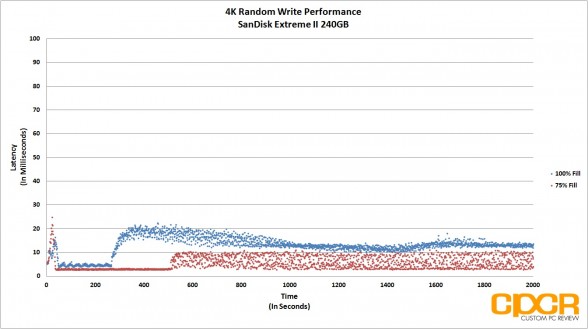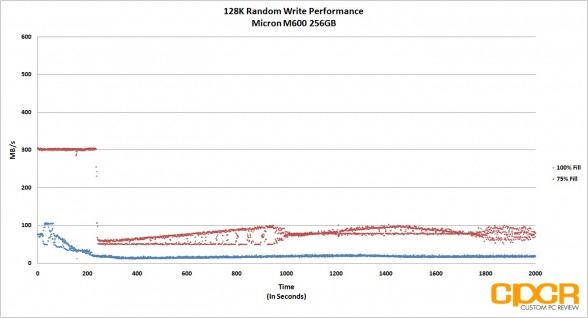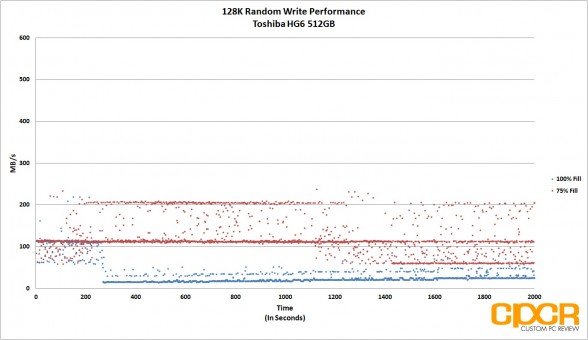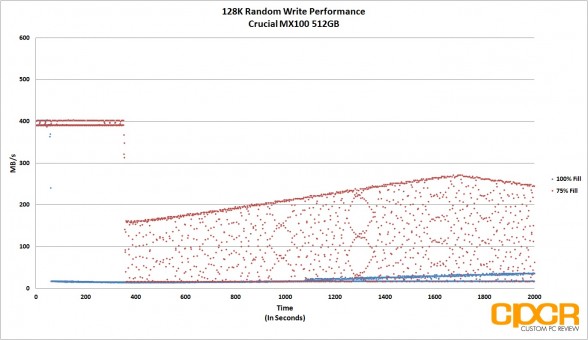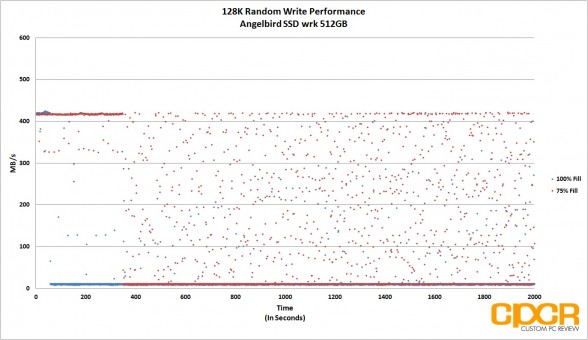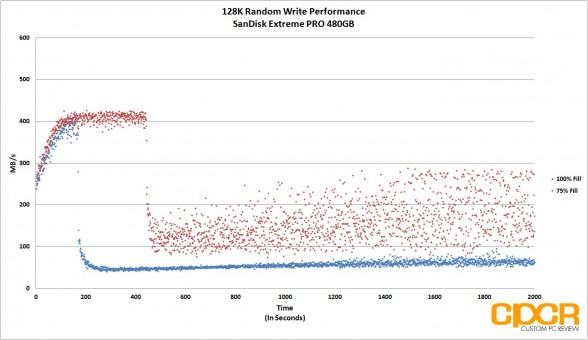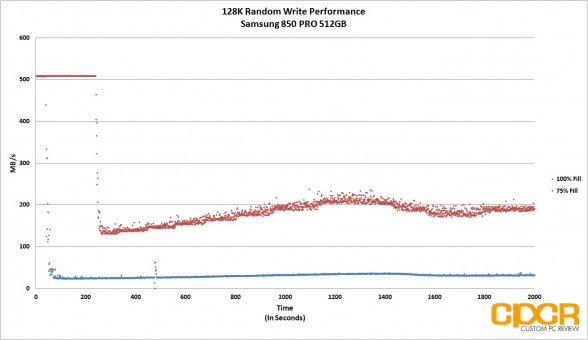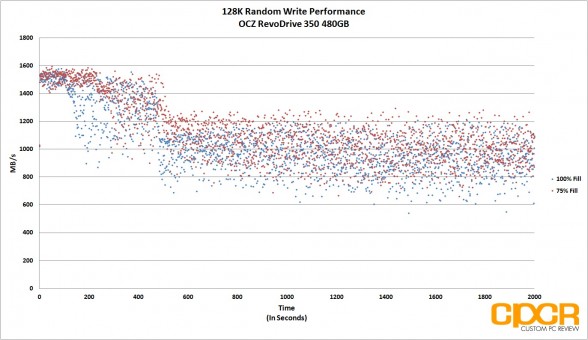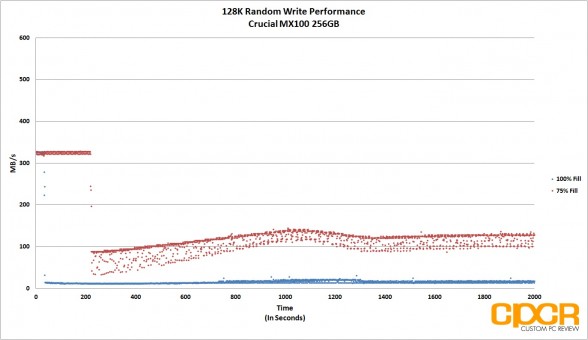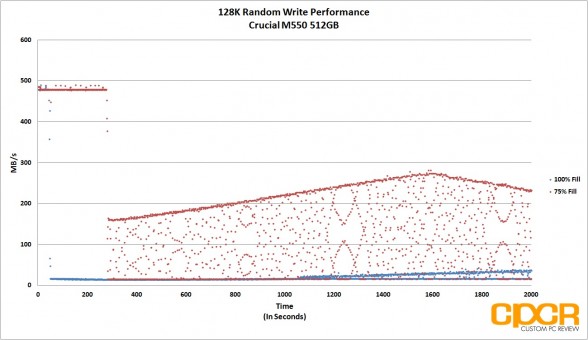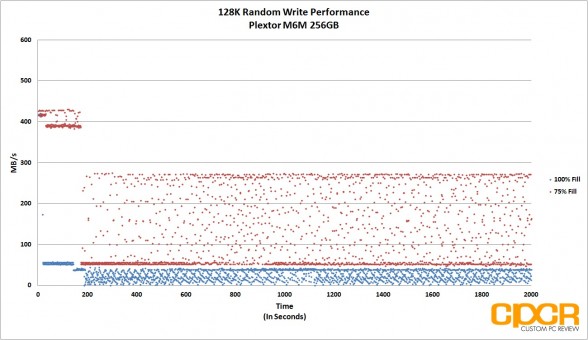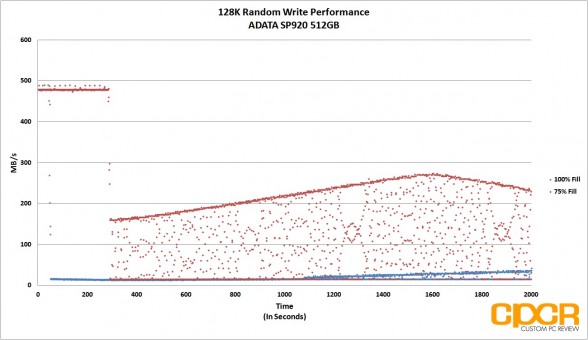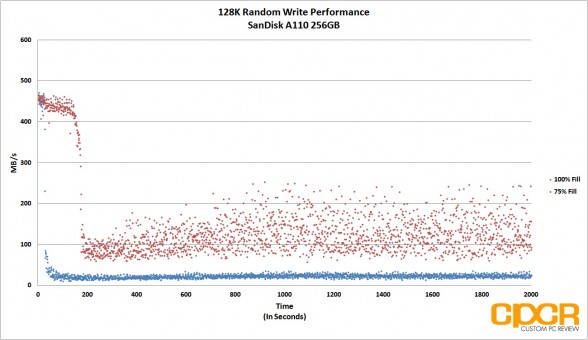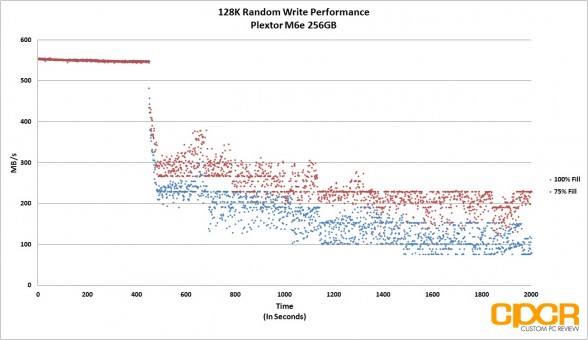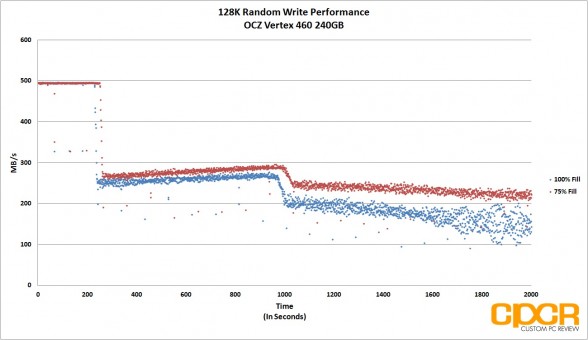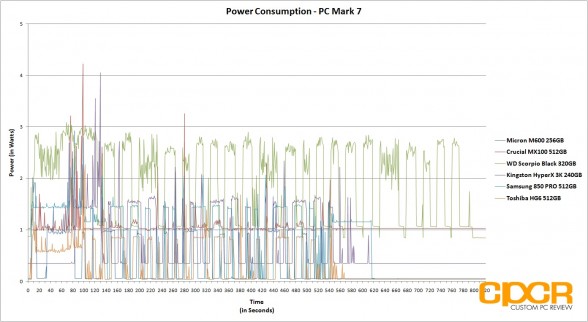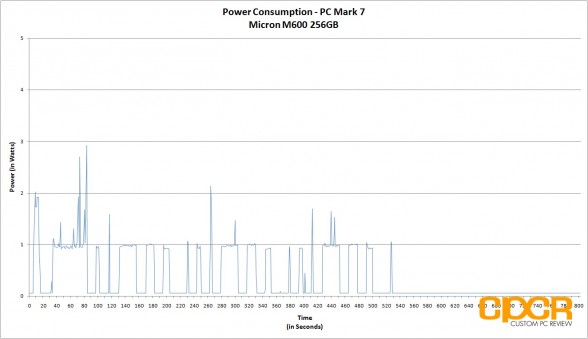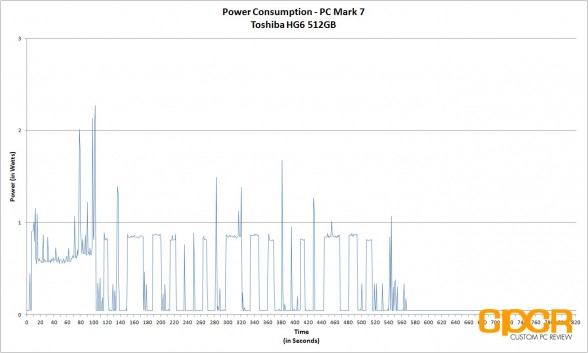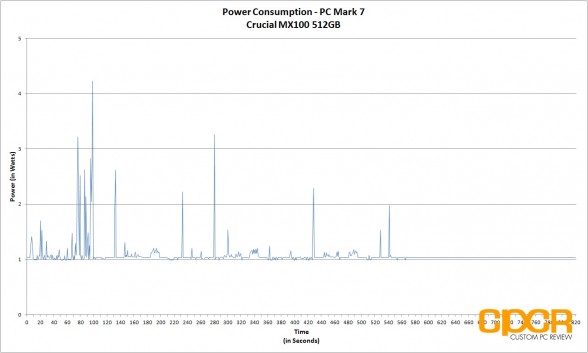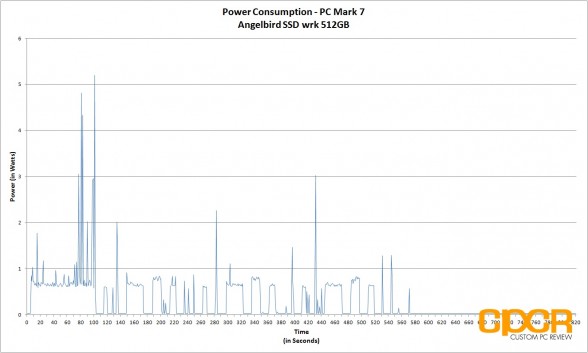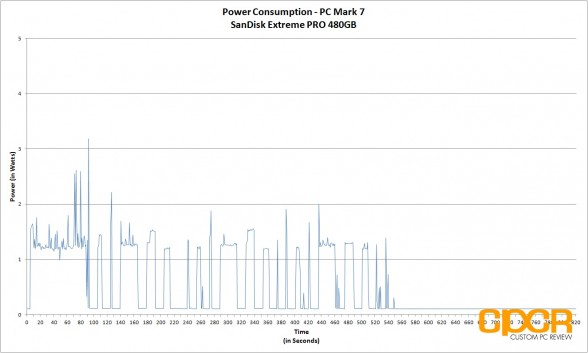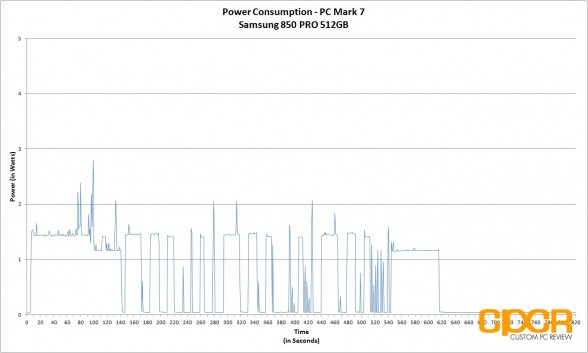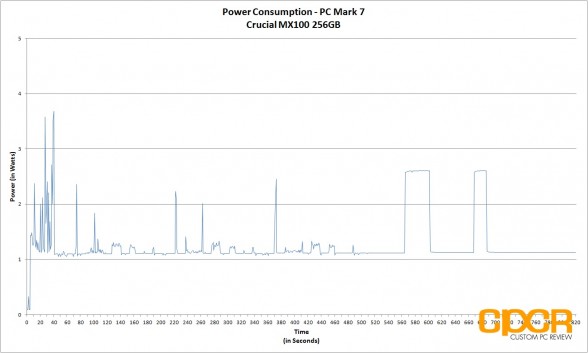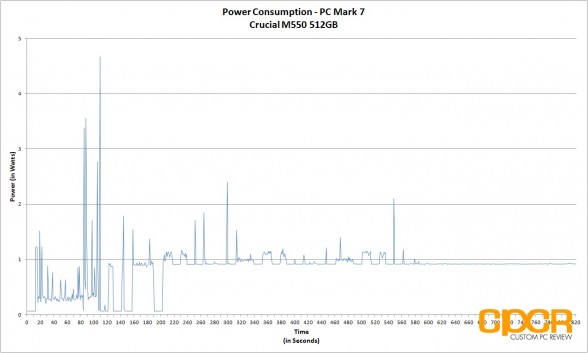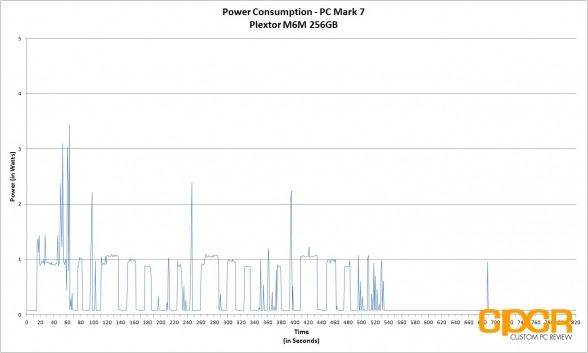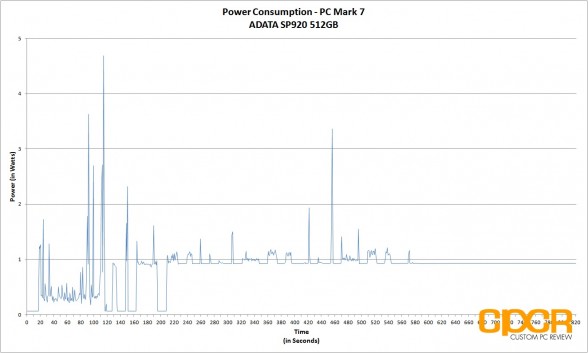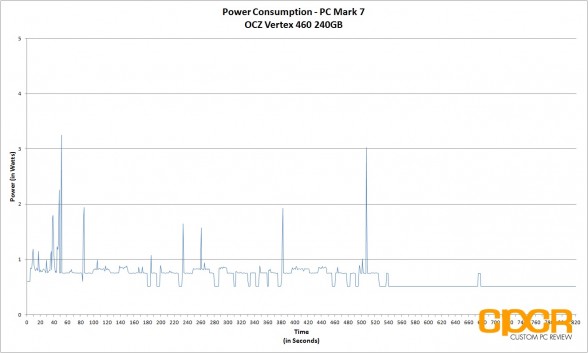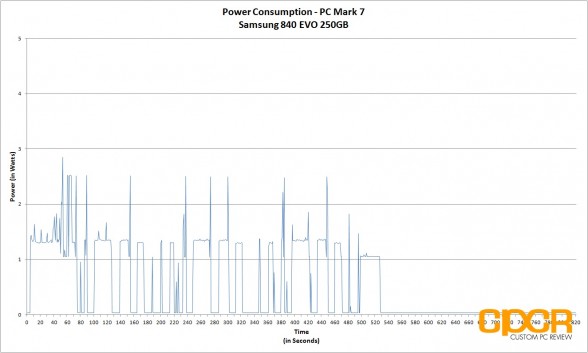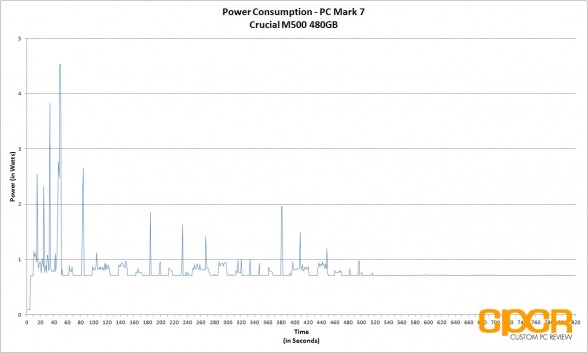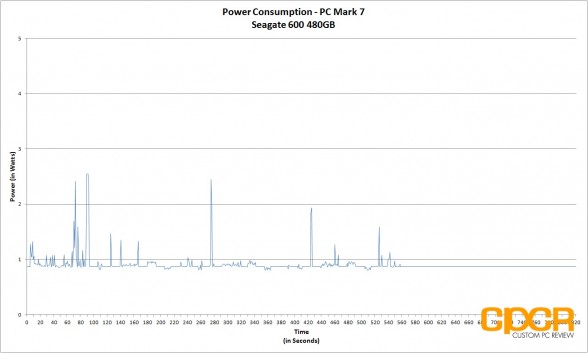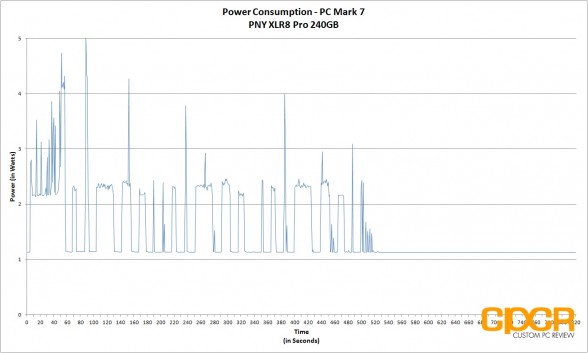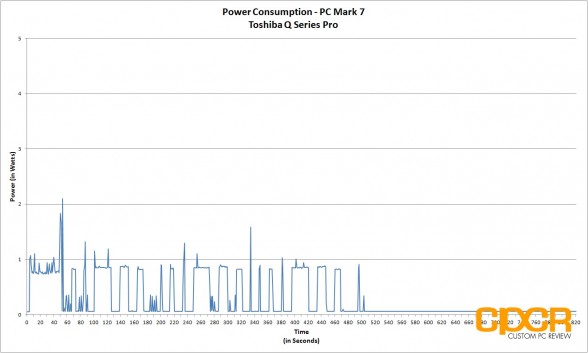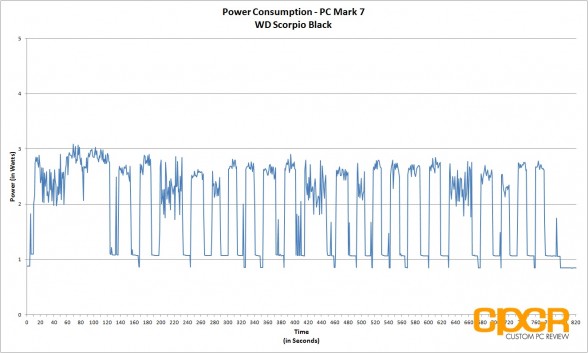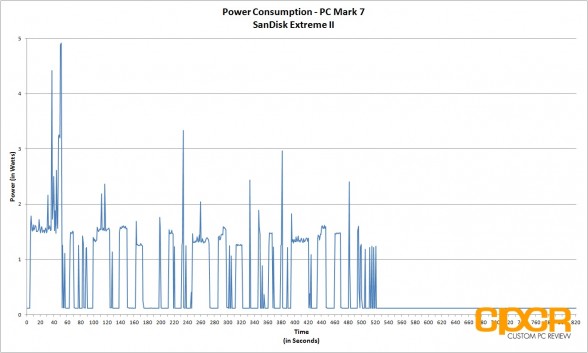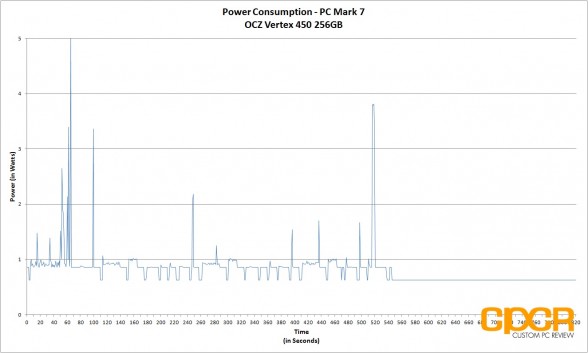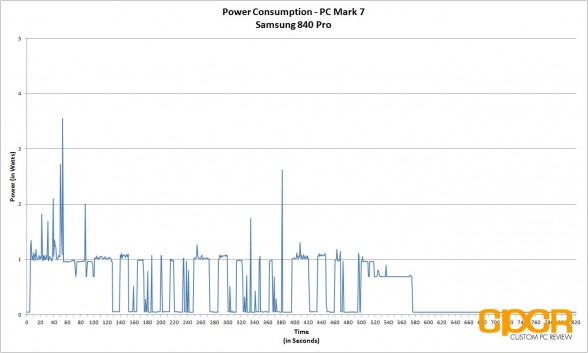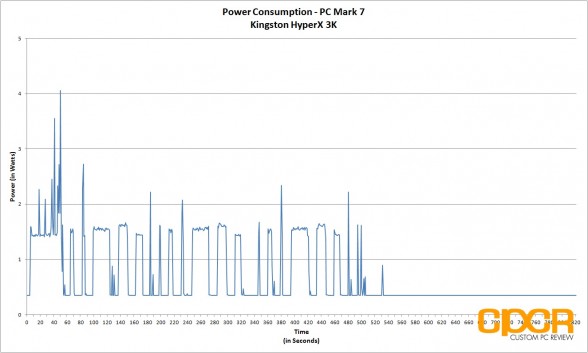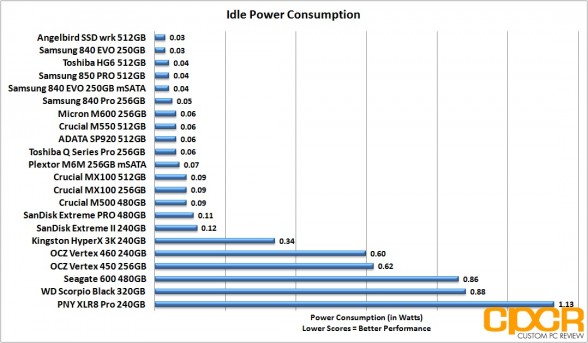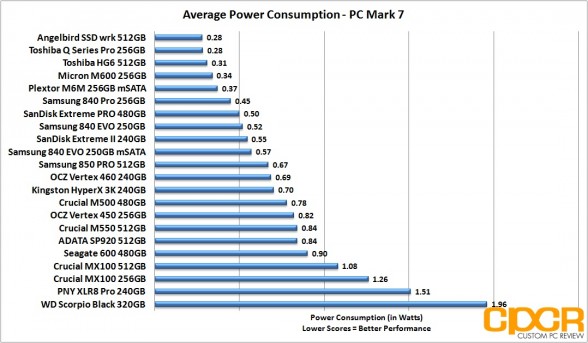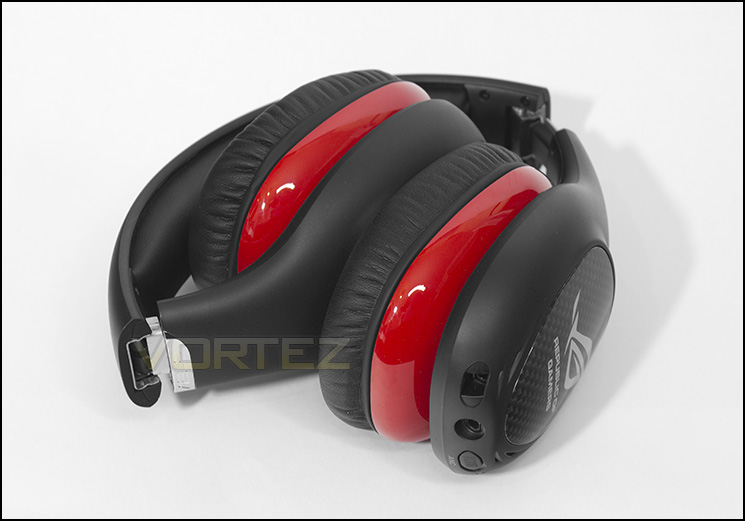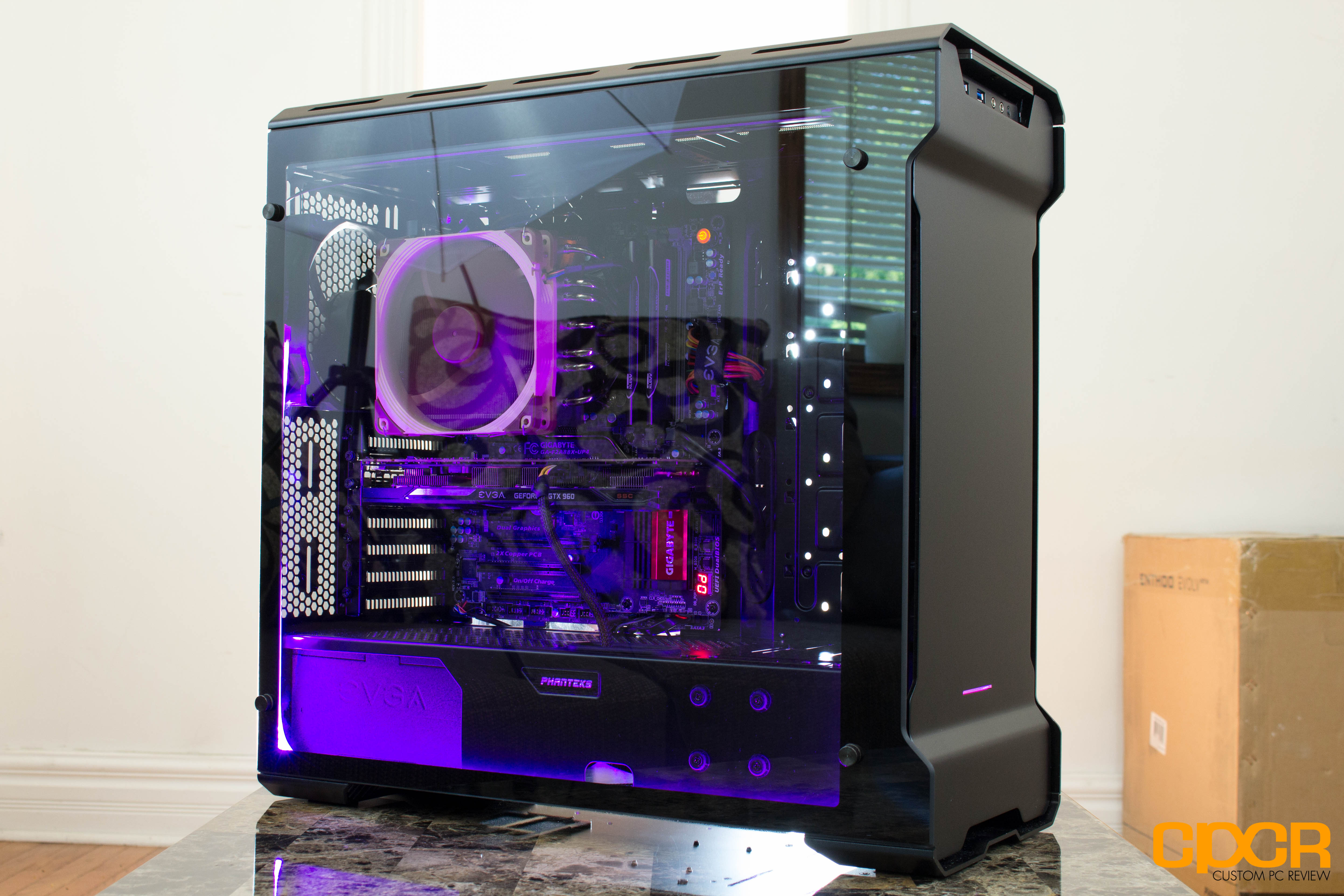[section label=1. Introduction]
16nm MLC, Now for OEMs and SIs
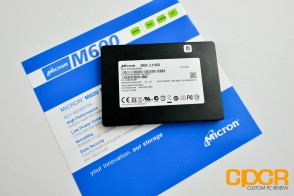 Over the years, we generally haven’t had much opportunity to check out very many Micron products. As Micron’s core business is with partners or OEMs rather than consumers, their products are generally never seen or heard of by most consumers so we don’t always have the time and resources to cover them despite the fact that they sometimes include some pretty cool features unavailable to their retail counterparts.
Over the years, we generally haven’t had much opportunity to check out very many Micron products. As Micron’s core business is with partners or OEMs rather than consumers, their products are generally never seen or heard of by most consumers so we don’t always have the time and resources to cover them despite the fact that they sometimes include some pretty cool features unavailable to their retail counterparts.
That said, today we’ll be reviewing one of those OEM only products with cool new features and that product is Micron’s new M600 client SSD, which is Micron’s latest client SSD designed to be the successor to the Micron M550. With the Micron M600, Micron is aiming to continue the trend of being the go to cost effective, yet reliable SSD we all know and love.
Micron M600 Specifications
| Manufacturer | Micron | Micron | Micron | Micron |
|---|---|---|---|---|
| Model | M600 | M600 | M600 | M600 |
| Form Factor | 7mm 2.5″ SATA mSATA M.2 2260, 2280 |
7mm 2.5″ SATA mSATA M.2 2260, 2280 |
7mm 2.5″ SATA mSATA M.2 2260, 2280 |
7mm 2.5″ SATA |
| Capacity | 128GB | 256GB | 512GB | 1TB |
| Controller | Marvell 88SS9189 | Marvell 88SS9189 | Marvell 88SS9189 | Marvell 88SS9189 |
| NAND | Micron 16nm Synchonous MLC | Micron 16nm Synchonous MLC | Micron 16nm Synchonous MLC | Micron 16nm Synchonous MLC |
| Sequential Reads | 560 MB/s | 560 MB/s | 560 MB/s | 560 MB/s |
| Sequential Writes | 400 MB/s | 510 MB/s | 510 MB/s | 510 MB/s |
| 4K Random Read | 90,000 | 100,000 | 100,000 | 100,000 |
| 4K Random Write | 88,000 | 88,000 | 88,000 | 88,000 |
| Interface | SATA 3 6GB/s | SATA 3 6GB/s | SATA 3 6GB/s | SATA 3 6GB/s |
| Endurance | 100TB | 200TB | 300TB | 400TB |
| Warranty | 3 Years | 3 Years | 3 Years | 3 Years |
The Micron M600 will be available in capacities ranging from 128GB to 1TB in a variety of form factors such as 2.5″ 7mm, mSATA, M.2 2260 and M.2 2280. The Micron M600 will utilize the Marvell 88SS9189 controller paired with some in house 128Gb Micron 16nm Synchonous MLC NAND. This is a similar to the component configuration we saw in the Crucial MX100 we reviewed several months back.
Warranty on the Micron M600 is 3 years, but the endurance rating is variable depending on the capacity of the drive. Whereas the 128GB capacity gets a 100TB rating, the 256GB gets 200TB, the 512GB gets 300TB and the 1TB gets 400TB. Aside from the 128GB capacity, the rest of the capacities enjoy endurance ratings that are actually higher than most enthusiast drives on the market, which is likely to be a great selling point for OEMs and SIs considering the Micron M600 for their products.
Dynamic Write Acceleration
One key feature of the Micron M600 that’s currently an exclusive for the product is Dynamic Write Acceleration, which is a new technology which takes advantage of unused NAND on the drive and dynamically converts it into faster SLC NAND for caching to improve performance. As far as I know, this is significantly more robust than solutions in the past where SSDs such as the Samsung 840 EVO for example would have a specific amount of NAND set aside specifically for caching purposes. This allows for a larger SLC cache when the drive is relatively empty and will still allow users to use up the full capacity of the drive if needed.
Interestingly enough, Micron is only making this technology available to specific capacities of the drive, and in the 2.5″ 7mm form factor, only the 128GB and 256GB capacities will have the technology. This is likely due to the fact that there simply aren’t enough 128Gb NAND dies to take full advantage of the parallelism available to the controller at lower capacities and Micron is using Dynamic Write Acceleration as a means of compensating for the performance hit.
Running a quick 128K random write trace, we can see Dynamic Write Acceleration in action, providing the drive with high performance until the drive is filled approximately 46% capacity. Then the drive begins writing data to MLC until the drive is approximately at 58% capacity. Finally, the SLC cache begins its transition to MLC at the same time data is being written to MLC. Without dynamic write acceleration, perforamnce would be in the performance state where data is written to MLC only, which in our testing with the M600 256GB is just over ~300MB/s.
Awesome! Now let’s take a closer look at the drive.
[section label=2. A Closer Look]
A Closer Look at the Micron M600 256GB
Since the Micron M600 is an OEM only product, we received only a bare 2.5″ 7mm drive. The Micron M600 will also come in mSATA, M.2 2260, and M.2 2280 form factors for more compact devices however, only the 2.5″ 7mm form factor will have the 1TB capacity available.
Opening up the Micron M600, it’s pretty evident that the drive was designed with cost savings in mind. There’s only a single screw on the entire drive that holds the PCB to the casing and only one side of the PCB is used.
The controller onboard the Micron M600 is the Marvell 88ss9189-BLD2, which is the same controller we’ve seen used on the Crucial MX100 and the Crucial M550. It’s a eight channel controller that includes a modest performance bump over the Marvell 88SS-9187 we’ve become so familiar with.
The Micron M600 uses Micron’s latest 16nm, 128Gb Synchronous MLC NAND which made its first debut in the Crucial MX100 earlier this year. Onboard the Micron M600 256GB, we get eight packages for a total of 256GB GiB.
There’s also a 512MB LPDDR2 DRAM buffer as well, which is similar to what we saw on the Crucial MX100. Additionally, like the rest of the Crucial/Micron client drives (M500, M550, MX100, etc.) we also get partial power loss protection via a set of ceramic capacitors.
[section label=3. Test Setup and Drive Info]
Haswell Test Bench
As of October 5, 2013, we’ve upgraded our storage testing system to a Z87/Haswell testing platform. All SSDs used for comparison here have been updated to the latest firmware. Performance testing from storage reviews prior to that date should not be compared to our latest reviews.
| System | CyberPowerPC Gamer Xtreme 4200 |
|---|---|
| CPU | Intel Core i7 4770K |
| Motherboard | ASUS Z87-A |
| Memory | Kingston HyperX Genesis 16GB DDR3 2133MHz |
| Graphics | Intel HD4600 Graphics |
| Storage | OCZ Vertex 4 256GB |
| Power Supply | Corsair HX650 |
| Case | HSPC High Speed Tech Station |
| Optical Drive | ASUS OEM DVD Drive |
| Operating System | Windows 8 64 bit & CentOS 6.4 |
Special thanks to CyberPowerPC, Kingston, OCZ Technology and HSPC for sponsoring our test bench!
Crystal Disk Info
Micron M600 256GB
Today we’ll be reviewing the Micron M600 with the MU01 firmware. As usual, the Micron M600 includes all the latest modern features such as TRIM, Adaptive Thermal Monitoring, Partial Power Loss Protection, and DevSleep.
Additionally, the Micron M600 also supports basic 256-bit AES encryption along with more advanced SED (Self Encyrpting Drive) features including TCG Opal 2.0 and IEEE-1667 hardware encryption.
[section label=4. ATTO Disk Benchmark / AS SSD / Crystal Disk Mark]
Micron M600 256GB Performance
ATTO Disk Benchmark v2.46
ATTO Disk Benchmark is one of the industry’s oldest and most popular benchmarks for testing disk read/write speeds. This benchmarks allows read and write testing using predefined block sizes and gives us a good idea of read/write speeds with different sized files. Most SSD manufacturers prefer using this benchmark when advertising SSDs as it tests using compressible data, which tends to yield best performance.
Performance Analysis
In ATTO Disk Benchmark, the Micron M600 256GB delivered up to 561MB/s sequential reads and 512MB/s sequential writes, slightly exceeding its rated specs of 560MB/s sequential reads and 510MB/s sequential writes.
AS SSD Benchmark
AS SSD is a very commonly used benchmark used to measure SSD performance in a number of categories. Here, tests are run using incompressible data at QD1. It also outputs a final score at the conclusion of the test based off the read and write performance of the drive.
Performance Analysis
At QD1, the Micron M600 fares extremely well, delivering up to 526MB/s sequential reads and 481MB/s sequential writes. 4K random performance was superb as well with the drive capable of up to 34MB/s sequential reads and 133MB/s sequential writes. Additionally, looking at our compression benchmark, it appears that the data’s compressibility does not affect drive performance.
Crystal Disk Mark 3.0.1 x64
Crystal Disk Mark is another popular benchmark which allows us to measure both sequential read/write speeds as well as random read/write speeds. With this benchmark, tests can be run using both random fill (incompressible data) and 0 fill (compressible data). Realistically in typical computer usage scenarios, data being transferred will consist of a mixture of both incompressible and compressible data.
Performance Analysis
Thanks to the Micron M600’s optimization for reads as well as the new dynamic write acceleration technology, the drive performed extremely well in Crystal Disk Benchmark with sequential reads up to 525MB/s and sequential writes up to 503MB/s. Similarly, 4K random read/writes are quite good as well with the drive easily capable of up to 37MB/s random reads and 155MB/s random writes.
[section label=5. PC Mark 7 / PC Mark 8]
Micron M600 256GB Performance
PC Mark 7 Storage Benchmark
The PC Mark 7 storage benchmark evaluates the SSD under many different real world environments such as gaming, multimedia editing, etc. This closely represents the SSD’s performance under real world situations.
Performance Analysis
In PC Mark 7, the Micron M600 performs quite well thanks to the fact that it’s tuned very well for lighter, read heavy workloads. This is something we’re seeing a lot of in mainstream drives such as the Samsung 840 EVO, Crucial MX100, Toshiba HG6, etc.
PC Mark 8 Expanded Storage Benchmark
With the introduction of PC Mark 8 2.0.228, Futuremark added the option for an Expanded Storage Benchmark which is literally designed to bring any storage system its absolute limits. The new PC Mark 8 Expanded Storage Benchmark takes around 24 hours to run and for our purposes, we’ll be using the consistency test which measures performance consistency, degradation tendency, and recovery speed of a storage system.
Consistency Test
Full details on the consistency test can be found in the PC Mark 8 Technical Guide here. For the more simplified version, the test is basically a near 24 hour, five phase benchmark – three of which we’ll be reporting on in our results below.
- Phase 1 is a precondition phase designed to “dirty” the drive with random data. The entire drive is filled twice to the capacity of the drive.
- Phase 2 is a degrade phase where the drive is hammered with tons of random data followed by a performance test run. This is done 8 times.
- Phase 3 is the steady state phase where the drive is once again hammered with tons of random data followed by a performance test run. This is done 5 times.
- Phase 4 is the recovery phase where the drive is given 5 minutes to rest followed by a performance test run. This is done 5 times.
- Phase 5 is the clean up phase where the drive is simply secure erased.
Performance Analysis
While the Micron M600 performs extremely well in lighter workloads, it falters when extremely heavy loads are placed on the drive. In PC Mark 8’s Expanded Storage Test, the Micron M600 falls in at last place, even behind the very similar Crucial MX100 which uses the same controller and NAND. That being said, it is unfair that we are comparing the Crucial MX100 512GB in our benchmarks above, so the 256GB version of the MX100 may show similar performance to the Micron M600 256GB we’re testing here today.
[section label=6. FIO – FOB]
Micron M600 256GB Performance
FIO (Flexible I/O Tester)
FIO, which stands for Flexible I/O Tester, is basically what its name says – a flexible I/O tester / I/O workload generator. Whereas all the benchmarking tools we’ve used previously are fantastic, easy to use benchmarking tools that provide a good snapshot of SSD performance, they do lack a lot of versatility, especially for more complex and in-depth operations such as custom queue depths, block sizes, test run times, etc. While the testing that follows may not pertain to typical consumer usage, they do help give us a much more in-depth look at each individual product’s strengths and weaknesses when they’re pushed to the limits.
FIO – FOB (Fresh Out of the Box) Testing
When SSDs are brand new and Fresh Out of the Box, they’re generally able to perform at or outperform their advertised speeds, but unlike traditional hard drives, performance on SSDs begin to degrade over time as they become more and more used. This is because while SSDs are new, all bits on the SSD are empty, so they can instantly be programmed with data. However, once data gets programmed in, even if it’s deleted in the filesystem the actual data will still stay programmed on the NAND itself unless some sort of garbage collection routine comes in to wipe the data. Unfortunately, in order to write new data onto “dirty” NAND, the NAND needs to go first through an erase cycle to erase the old data before a program cycle can happen to program new data, which as you may imagine takes more time than just a simple program cycle. As this only happens when writing new data onto the SSD, you’ll generally see less performance degradation on reads and more performance degradation on writes.
For our FOB testing, we run a secure erase on the SSD then run each test sans any preconditioning. This will provide us with the highest level of performance the SSD is capable of and is likely never to be seen ever again once the SSD goes into a used state.
Our testing will include 4K read testing, 4K write testing, and 4K 70/30 read/write mix testing at queue depths of 1,2,4,8,16,32,64,128,256. The reason we’ve also included 4K 70/30 read/write mix testing is simply because most real world workloads will always fall somewhere between 0% write and 100% write rather than one or the other. Since client usage is much more read heavy, we’ll be using the 70/30 read/write mix.
For general client usage, performance will fall somewhere between queue depths of 1-4 whereas servers and other enterprise applications will easily see queue depths of 32 or greater.
Performance Analysis
Fresh out of the box, the Micron M600 256GB performs very well with random read performance coming in at just under 100,000 IOPS and random write performance coming in at slightly over 88,000 IOPS. Mixed workload performance is quite good as well with the drive registering just over 83,000 IOPS.
[section label=7. FIO – Steady State]
Micron M600 256GB Performance
FIO – Steady State Testing
After prolonged use of an SSD, it will reach “steady state” where performance levels off to a minimum level. The FOB state is the “best case scenario” for SSD performance while “steady state” is going to be your worst. Here, we ran the exact same set of benchmarks we just completed in the FOB state; except this time around, we’ll be preconditioning the drive by filling 100% of the drive’s LBAs with two sequential passes of 128k data followed by hammering the drive for six hours with 4K random data prior to actual testing.
Performance Analysis
In steady state, the Micron M600 is pretty much unfazed in 4K random reads and was capable of under 94,000 IOPS. However, like most mainstream SSDs, the Micron M600 falters when it comes to 4K random writes with performance coming in at just under 6,000 IOPS.
[section label=”8. FIO – 4K Random Write Consistency”]
Micron M600 256GB Performance
FIO 4K Random Write Consistency Testing
Another one of the benefits of testing with FIO is the flexibility of running consistency tests, which is one of the most important metrics when considering SSDs going forward. Looking at the results of our benchmarks such as ATTO Disk Benchmark and Crystal Disk Benchmark, we can see that practically every top tier SSD is capable of saturating SATA 6Gb/s in the FOB state. However, what really differentiates these SSDs is their ability to hold a certain level of performance even after extended periods of use.
For our consistency testing, we used a fairly standard method, which includes both filling up 75% of capacity as well as 100% capacity twice with sequential 128k data followed by the actual test itself, which is simply running 4K random writes at a queue depth of 32. By recording the IOPS every second for 2,000 seconds, we’re able to get a good look at what kind of performance can be expected when the drive is relatively new, when it’s heading towards steady state, and when it’s actually in steady state.
[tabgroup]
[/tabgroup]Performance Analysis
4K random write consistency on the Micron M600 is actually decent considering it’s designed to be a cost effective mainstream OEM drive. Unfortunately, the drive is very slow with 4K random writes performance coming in at just under 6,000 IOPS at 100% fill.
[section label=”9. FIO – 4K Random Write Latency”]
Micron M600 256GB Performance
FIO 4K Random Write Latency Testing
Another metric that’s becoming increasingly important in SSDs is its ability to keep latency low despite being subjected to a heavy workload. Even if a SSD were capable of ultra high and ultra consistent IOPS performance, if latency were high, users would still feel that the drive is slow. Ideally, SATA SSDs should always be capable of latencies under 50ms, even during heavy workloads.
For latency testing, we’ll be using the exact same testing parameters as IOPS consistency testing, except instead of recording IOPS every second, we’ll be recording latency.
[tabgroup]
[/tabgroup]Performance Analysis
Latency isn’t spectacular, but the Micron M600 does a good job keeping latency at under 50ms, even when transitioning out from Dynamic Write Acceleration’s cache and simultaneously writing MLC data, so latency shouldn’t affect user experience.
[section label=”10. FIO – 128K Random Write”]
Micron M600 256GB Performance
FIO 128K Random Write Consistency Testing
In addition to testing 4K random write consistency, we’ll also begin to test for 128K random write consistency to see how well a SSD is able to hold itself to a level of performance when getting hammered with larger file transfers.
[tabgroup]
[/tabgroup]Performance Analysis
Consistency when working with 128K random writes is fairly good as well which is similar to what we first saw when testing the Crucial MX100 not too long ago. It’s interesting to see that the Micron M600 which uses the same controller and NAND as the Crucial MX100 is slightly slower but it does make up for it with slightly better write consistency.
[section label=”11. Power Consumption”]
Micron M600 256GB Power Consumption
Previously, our power consumption analysis only tested for idle and maximum load power consumption, but we felt that this was a bad way to accurately measure power consumption. The reason for this is because SSDs tend to be bursty while in operation and will spike in power usage, but only for very short periods of time. As such, many of our SSDs appeared to have even higher power consumption than traditional hard drives, which is untrue.
In order to better represent a drive’s power consumption, our solution was to run a test closer to the real-world and record a trace of the exact power consumption during testing. Since PC Mark 7 has been recognized by the industry as a fantastic real-world benchmark, we’ll be recording the drive’s power consumption while running the benchmark.
All tests below are measured by our B&K Precision 5491B Bench Multimeter tapped directly into the 5v line running from the power supply to the drive. All testing here is conducted with “HIPM (Host Initiated Power Management)/DIPM (Device Initiated Power Management)” enabled and “AHCI Link Power Management – Adaptive” set to 0 milliseconds for maximum power efficiency.
[tabgroup]
[/tabgroup]Performance Analysis
Crucial/Micron drives have always been a miss when it comes to power efficiency thanks to strangely high active idle power consumption, but we’re pleased to see that the Micron M600 is the most efficient Crucial/Micron drive we’ve tested to date. In the active idle state, the drive idled at 0.06w and during our PC Mark 7 workload, the drive averaged a mere 0.34w.
[section label=12. Conclusion]
Micron M600 256GB Conclusions
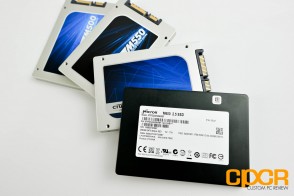 When the Micron M600 was first announced a couple months ago, I initially hoped it was finally going to be some sort of first ever Crucial performance/enthusiast oriented drive. Since Crucial changed the naming of their mainstream SSD lineup from Mxxx to MXxxx with the Crucial MX100, and the Micron M600 was getting this new Dynamic Write Acceleration technology we’ve never seen before, a performance oriented M600 did initially make sense considering the M550 was an upgrade over the M500 and the M500 was an upgrade over the C400/M4. Unfortunately after testing the M600, it’s quite apparent that that’s not the case. On the contrary, it’s more or less just the OEM variant of the MX100. Bummer.
When the Micron M600 was first announced a couple months ago, I initially hoped it was finally going to be some sort of first ever Crucial performance/enthusiast oriented drive. Since Crucial changed the naming of their mainstream SSD lineup from Mxxx to MXxxx with the Crucial MX100, and the Micron M600 was getting this new Dynamic Write Acceleration technology we’ve never seen before, a performance oriented M600 did initially make sense considering the M550 was an upgrade over the M500 and the M500 was an upgrade over the C400/M4. Unfortunately after testing the M600, it’s quite apparent that that’s not the case. On the contrary, it’s more or less just the OEM variant of the MX100. Bummer.
Performance on the Micron M600 256GB is mediocre as expected for a mainstream, OEM oriented drive. However, this type of fast fresh out of box performance and fast read performance is very suited for client use where you get short bursts of writes and a lot of idle time in-between to recover. Micron’s new dynamic write acceleration technology is also a very interesting step forward which helped significantly improve write performance on a smaller capacity drive using fairly large capacity dies. While this doesn’t really seem like a game changer for Micron at the moment, Intel/Micron’s 256Gb and 384Gb 3D NAND that was recently revealed at Intel’s investor meeting will likely require Dynamic Write Acceleration. With 256Gb dies, a 256GB drive will only have 8 dies and at 384Gb, a 256GB drive will only have 6 dies. While performance per die is expected to increase dramatically with 3D NAND, Dynamic Write Acceleration will likely be needed to make up for the loss of parallelization with nearly all capacities except the largest.
Power consumption on the Micron M600 is also respectable as well, which isn’t something that can always be said about a number of Crucial drives we’ve tested in the past. With the Micron M600, it looks like Micron has made active idle power consumption far more aggressive than what we’re used to seeing in various Crucial drives. While this may have slightly affected drive performance, the aggressive, efficient power management on the Micron M600 along with DevSleep capability make it the most suitable Crucial/Micron drive for mobile applications so far.
Since we’re dealing with an OEM/SI only product, pricing will probably depend on the quantities ordered. Obviously, guys like HP and Dell will get the M600 at a far different pricepoint compared to Average Joe’s Computer, but in general these drives are expected to be priced around the same as the Crucial MX100, which can currently be found at various retailers for as low as ~$0.39/GB depending on the capacity.
Overall, while performance on the Micron M600 may be a bit lackluster for my tastes, the Micron M600 is a great addition to the Micron lineup and will likely be a hit in the OEM and SI world where cost and reliability is king.
Sample provided by: Micron
Availability: OEM/SI/Partner Only

